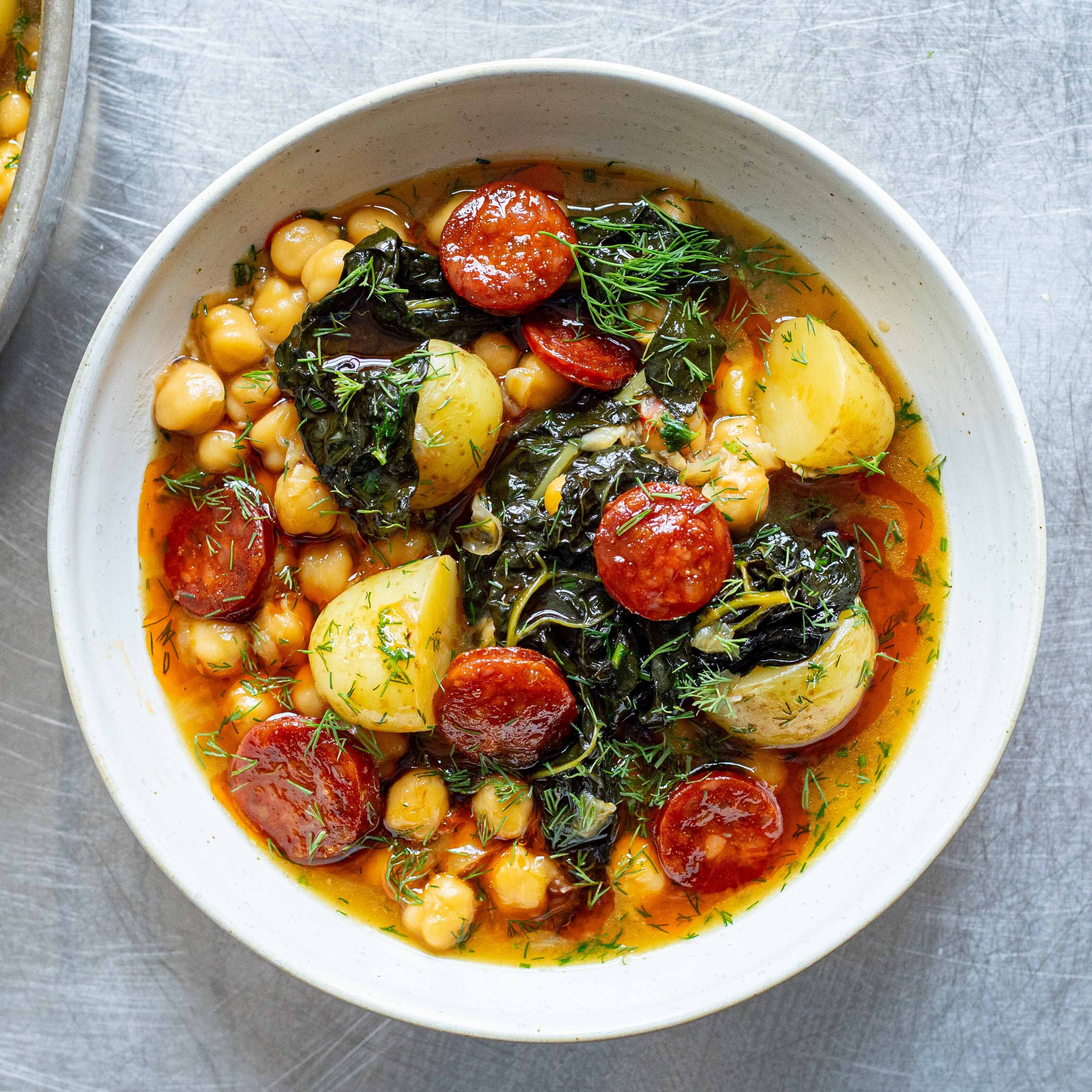First things first, you need to get your cavolo nero washed, prepped, and ready to use. Wash it thoroughly to remove any dirt and grit, rinsing with cold water or leaving it to soak if necessary. After it’s clean and sparkling (not literally), pat it dry with a tea towel or chuck it in a salad spinner if you’re feeling fancy. Next, it’s time to get trimming. Remove the tough central stem by either folding the leaf in half and slicing it out or stripping it by hand. You can then chop or tear the leaves into your desired size. Just remember that the larger the leaf, the longer it’ll take to cook.
How to Cook Cavolo Nero
How to Prepare Cavolo Nero
The Best Methods for Cooking Cavolo Nero
So, your cavolo nero is cleaned and prepped and it’s time to get cooking. There are a few different ways to cook it, including sautéing, steaming, boiling, and roasting. This versatility is what makes it such a great vegetable to cook with – just keep a bunch in your fridge and you’ll be able to do loads of different things with it.
Sautéing
This is a quick and simple method which is ideal if you’re short on time and want to whack everything into a frying pan. Simply heat olive oil in a pan, and coat your cavolo nero in garlic and chilli flakes before brightening everything up with a splash of lemon juice. Toss in the pan for a few minutes – you’ll want to fry it until it’s tender but try to avoid burning it.
Need a bit of inspiration? Check out these sautéd cavolo nero recipes:
Steaming
If you’re watching what you eat, this one’s for you. Steaming your cavolo nero is a great way to retain its nutrients and natural flavours. Simply place in a steamer alongside a little water and cook for 5-7 minutes until bright and tender. You can serve it plain or drizzle with a little olive oil and a pinch of salt (we’d go for the latter).
Boiling or Blanching
Another great option is boiling cavolo nero, which reduces the bitterness of this vegetable and makes it tender and supple. This makes it ideal for salads, pasta dishes, or blitzing into soups. Just boil in salted water for 3-5 minutes, then drain. Simple.
Roasting
This is one of our favourite ways of cooking cavolo nero. Toss it liberally with olive oil, season with salt and pepper, then roast it at 200°C for 10-15 minutes. This will bring out its crispy texture and slightly nutty taste, making it an ideal snack or side dish.
Check these recipes out:
Add to Soups and Stews
Stir-Frying
Another personal favourite, stir-frying your cavolo nero is so easy and yields delicious results. It’s a great way to incorporate this veg into Asian-inspired dishes – just add soy sauce, sesame oil, and ginger, and you’ll have the base of a really tasty stir-fry.
A Few Tips and Tricks for Cooking Cavolo Nero
Adjust cooking time depending on the method, as overcooked cavolo nero is mushy and stodgy. However, it’s tough and bitter when undercooked which is just as bad. Follow these cooking instructions for guidance but always use your intuition to make sure it’s cooked how you like it.
A good squeeze of lemon juice or a dash of vinegar works as a great flavour enhancer. Add this to your cavolo nero to brighten it up a bit.
Want to keep your cavolo nero fresh for up to a week? Store it wrapped in a damp towel in the fridge. Trust us on this one.
Blanch and freeze your cavolo nero for long-term storage.
So there you have it. If you were wondering how to cook cavolo nero we hope this article has come in handy; whether you’re sautéing, stir-frying, boiling, or roasting, there’s no denying that this vegetable is an excellent addition to loads of dishes. Give one of them a try for dinner tonight.



